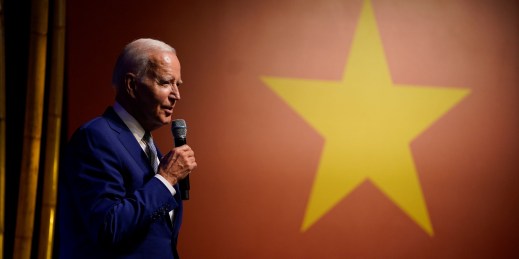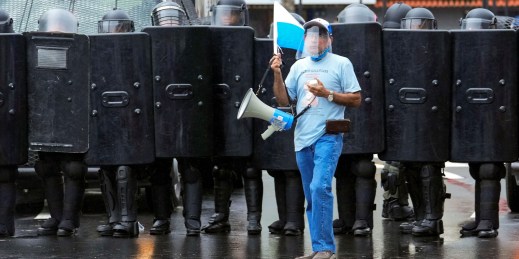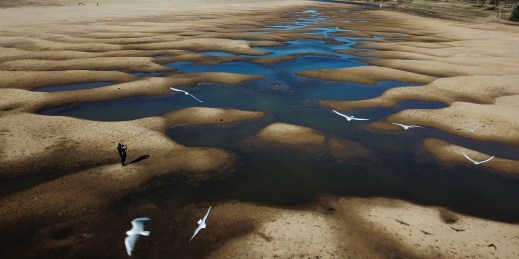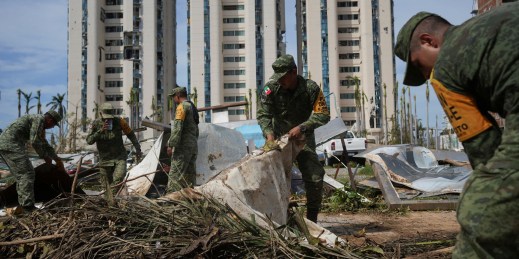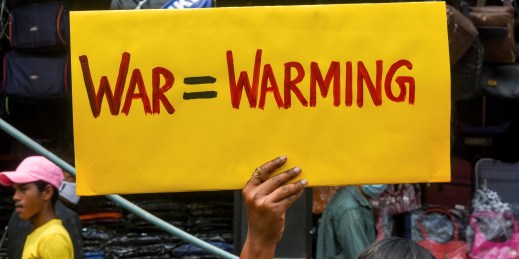
Addressing climate resilience needs in fragile states is one of the biggest outstanding gaps in climate finance. However, recent research suggests it is also one of the biggest opportunities, including for addressing crucial conflict drivers. COP28 will bring together the major stakeholders needed to tackle this problem.

